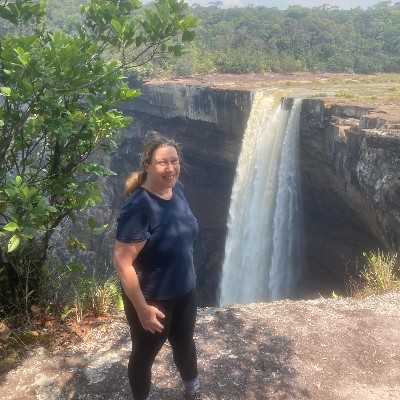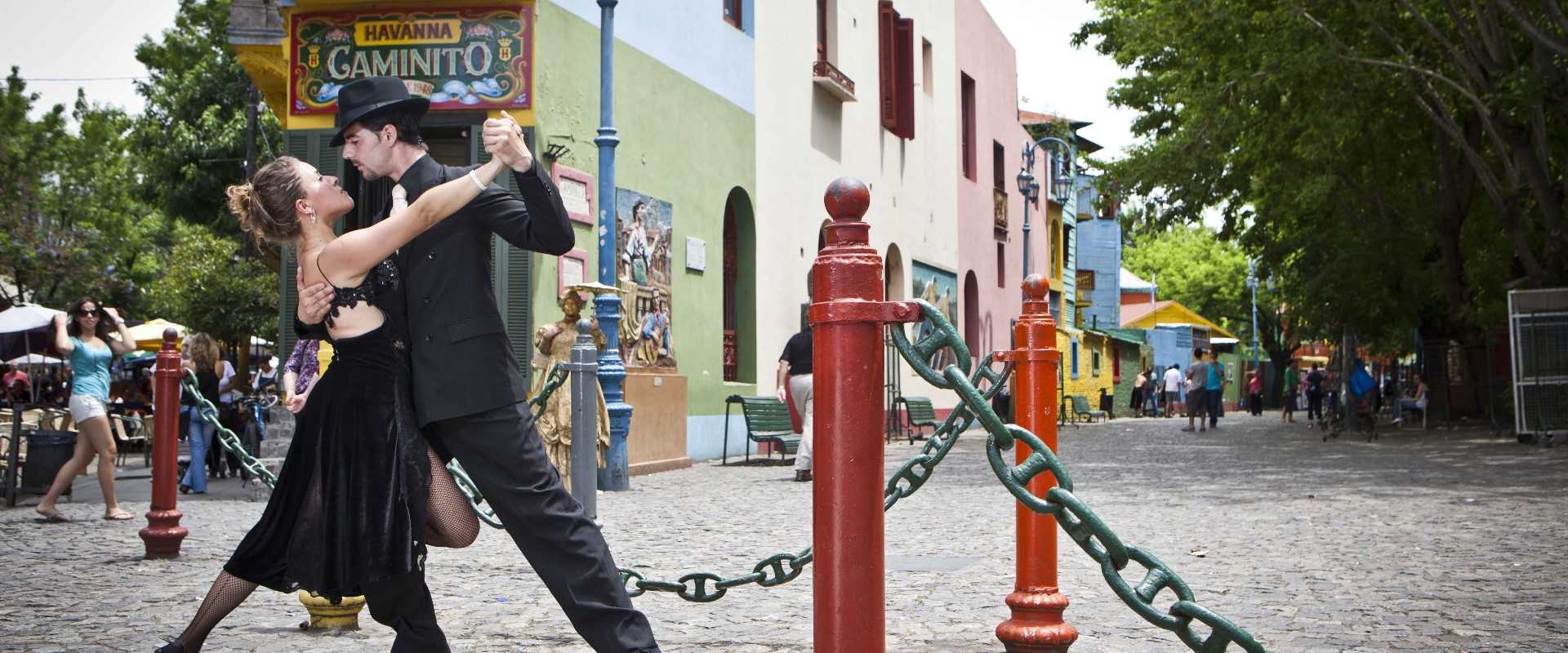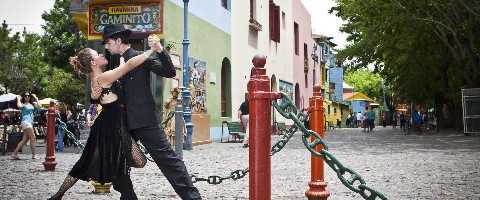Occupying most of the southern part of the continent and dominating its so-called ‘Southern Cone’, Argentina is among its most prosperous and developed countries. Widely considered to be the most ‘European’ South American nation, it is also the world’s most populous Spanish-speaking country and among the continent’s most-visited destinations. Geographical extremes distinguish Argentina, too – it hosts both the highest and lowest points in the Southern Hemisphere and one of the world’s largest ice sheets.
There’s a popular saying in Argentina: ‘The Argentines descend from ships’. It alludes to a century of intense immigration until the 1950s when millions of mainly European migrants – particularly from Spain and Italy – settled in and developed modern Argentina. Their mores and pioneering spirit thoroughly steered the national mood and temperament, and helped distilled cultural icons from tango (which also drew on African slave culture) to the celebrated gauchos, or cowboys, who turned vast empty plains into productive cattle and sheep ranches.
For all its modernity, Argentina remains an extraordinarily varied country rich in biodiversity and boasting some of the continent’s most striking landscapes. In the far north bordering and shared with Brazil is the jaw-dropping Iguazu Falls, an almost fantasy-land of (depending on water levels) up to 275 separate waterfalls along a nearly two-mile-long cliff edge. Away to the southwest stretch the Iberá Wetlands, a vast network of lagoons, lakes and swamps heaving with birds and wildlife best viewed from boats or canoes.
Over in the northwest nestled among the Andean foothills stands Salta. Nicknamed ‘Salta the Beautiful’, it’s a handsome city established by 16th-century conquistadors and celebrated for its colonial-era architecture along with an equitable climate. Nearby Cafayate and its picturesque valleys with their dramatic russet-hued landscapes now produce increasingly distinctive and prestigious wines.
Yet, also in the Andean foothills, Mendoza far to the south has become Argentina’s wine heartland and among the world’s great wine-producing regions. Aside from exploring this pleasant city and visiting various wineries, the pretty countryside is ideal for hiking and horse-riding, fishing or kayaking.
Almost directly opposite Mendoza on the eastern seaboard stands Buenos Aires, the melting-pot capital and a great city in its own right. Boasting a rich cultural life, from music to cinema to art, and eclectic architecture particularly arts nouveau and deco along with neo-gothic, it’s a dense, vibrant city with famously self-regarding residents.
For a more tranquil antidote, consider the stunning ‘lake district’ centred on Bariloche. Here on the edge of northern Patagonia, the region’s mountains offer superb skiing and trekking amidst clusters of pristine lakes. Beautiful though it is, the area can feel like a prelude, albeit an appealing one, to the astonishing Los Glaciares National Park – Argentina’s largest and now a UNESCO World Heritage Site. Aside from subpolar forests, steppes and rugged peaks, a gigantic ice sheet spawns numerous glaciers, one of which spectacularly calves icebergs into adjoining Lake Argentino.
Argentina holidays at a glance
- The Northern areas of Iguazu, Mendoza, Ibera wetlands and Salta have a pleasant climate all year round. Patagonia’s peak travel season is between November and mid-April.
- Buenos Aires - sophisticated, ebullient and passionate.
- With a lack of beach resorts, estancias or Punta del Este (Uruguay) offer a good alternative.
- Iguazu falls - unforgettable panorama of over 275 waterfalls.
- The North-West - spectacular and unusual landscapes, salt flats and vineyards.
- Lake District - superb hiking and range of outdoor activities.
- El Calafate - glaciers at the World’s third largest ice field.
- Ushuaia - gateway for cruises to Chile and Antarctica.









